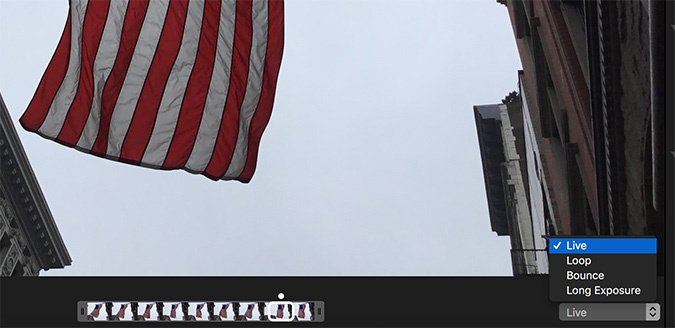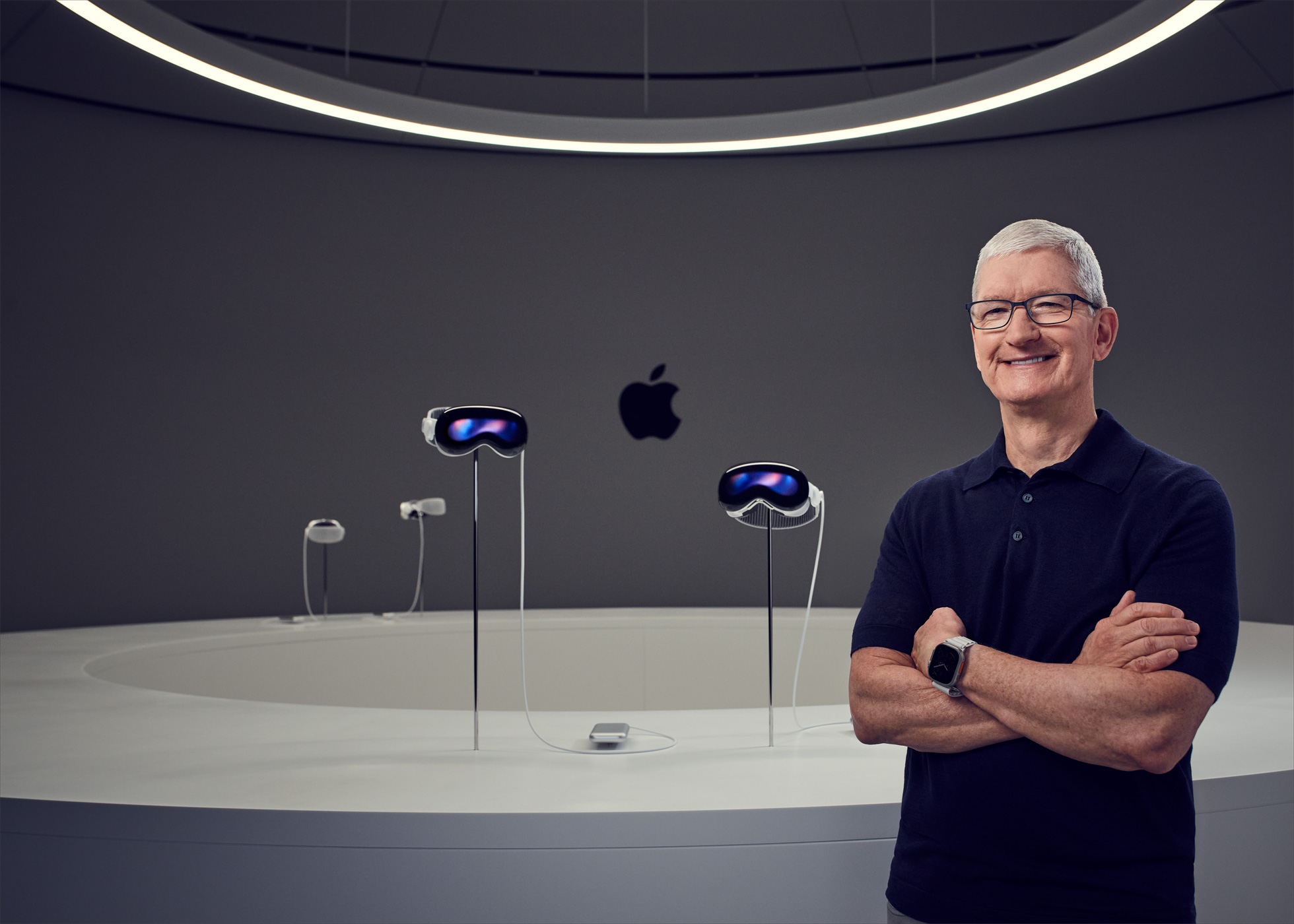Laptop Mag Verdict
macOS 10.13 High Sierra is an important, albeit subtle, update to Apple's desktop operating system.
Pros
- +
New file system upgrades system stability
- +
Photos revamps editing and adds GIF support
- +
Safari 11 features performance gains, privacy improvements
- +
Personal DJ is a neat touch
Cons
- -
Updates are mostly behind the scenes
Why you can trust Laptop Mag
Apple's new macOS 10.13 High Sierra isn't designed to grab headlines, and that's why it's my favorite kind of Apple OS update. So far, it's felt like a rock-solid update, one that made changes behind the scenes so that your day-to-day operations feel more stable and secure. It reminds me of OS X 10.6 Snow Leopard, which Apple famously touted as introducing "zero new features."
HIgh Sierra does indeed offer new features, many of which are well executed. These include a redesigned Photos app that's easier to use, a Safari browser that's super-fast and more mindful of your privacy and a smarter Mail app. But it's the behind-the-scenes improvements that will make you want to upgrade.
Major, and Unseen, Improvements
The most important update in High Sierra is Apple File System (APFS), the operating system's new way of managing and organizing all of your data. This is not to be confused with a file browser, such as the Finder or Windows Explorer.

APFS is also a major undertaking, as it replaces HFS+ (also called Mac OS Extended), which Apple built its operating systems on since 1998.
Why is APFS, a background update, important enough to be the biggest feature in a major release? It enables an overall smoother, faster operating system that provides more stability. It even allows insanely fast file copying, which the company calls Instant Cloning. And the copy of the file takes up very little space.
High Sierra feels like the most responsive Mac operating system I've used in years.
All of this stacks up, in my testing of the near-final beta edition of High Sierra, to a very stable operating system. In fact, I'd go so far as to say this beta version feels like the most responsive Mac operating system I've used in years.
Graphics and Video Upgrades
Apple's High Efficiency Video Coding (HEVC) is similar to AFS in that it's another feature you're not supposed to notice, but still enjoy its benefits. Now that our devices are shooting video at higher resolutions, HEVC allows more compression, so those files don't take up as much space, with gains of up to 40 percent.

Even graphics get an upgrade in High Sierra, as Apple's introduced Metal 2, the successor to its graphics processing technology. On top of increasing GPU performance, Metal 2 will add support for external GPUs later down the line. The technology also boosts general system performance, so your Mac's user interface will be snappier and smoother.
High Sierra also adds tools that will help bring virtual reality to Macs -- specifically, the recent 5K iMac with Retina Display and the forthcoming iMac Pro (or any Mac with an external GPU).
Photos
Apple's made some sweet tweaks to Photos for High Sierra.

Not only did the Photos app get the same big, blocky headlines seen in iOS apps such as Music, Apple's also added a ton of new image-editing options, including Curves for adjusting color and contrast, and selective color, for swapping out one hue for another.
Once you tap the edit button when browsing an image, the application does a better job of presenting all of your options in a menu to the right. There's also a whole new filters set, with three black and white filters, and others for vivid and dramatic palettes (in warm, cold and neutral balances).

When editing Live Photos, you can now set the image to loop like a GIF or to Bounce, which means playing itself forward and then backward. This is similar to iOS 11 on the iPad and iPhone.
High Sierra performs much better facial recognition than before. I didn't use the feature much previously, as it always presented me with a set of People cards that were each myself, but identified as different persons. Now the app is much better, only showing me one card for myself, and identifying others in my photos (pulling Bill Nye and others, from a series of GIFs on my Photos).

Speaking of GIFs, Photos now supports them, and automatically organizes them all in a section called Animated. This is major for me, as I can more easily share images via the photo browser in apps, and not have to weed them out of the large mass of other images.
Safari: My New Favorite Browser
Safari's finally jumped past Chrome as the best browser on the Mac.
Apple claims that updates to the JavaScript engine in Safari make it the world's fastest browser, and our preliminary research proves their claims. On a 2017 MacBook Pro with a Core i7 CPU running a beta of High Sierra (build 17A362a), Safari scored a 258 on the JetStream benchmark, which trounces the 178 from Chrome and the 163 from Firefox.
This isn't just about Apple's claimed performance gains, though, but the company'sdecision to fight the worst part of a web page: auto-playing audio for videos. Testing it out, I turned up my volume and navigated to a series of websites in Safari that usually force me to mute my machine first.

None of these repeat offenders emitted a peep. Safari didn't false-flag any videos, either, as a YouTube page played a Jimmy Kimmel video without error. Chrome is supposed to get a similar feature, but not in a stable version of the browser until 2018.
The other major feature of Safari 11 is its new privacy measures, which disable cross-site tracking through cookies. While the titans of the ad industry may hate this idea -- they've said so publicly -- I'm delighted by this change.
MORE: Best Apple Laptops
It's arguable that targeted ads are better than irrelevant ones, but I'm tired of seeing ads for products that I will never buy because I viewed them on Amazon while researching a story. Safari accomplishes this using Apple's machine-learning technology to selectively stop tracking, so that you retain your privacy without breaking the internet.
Safari also gains a more selective use of third-party content-blocking apps and extensions, so you can pick and choose which sites you block ads from. The option for this is found in its preferences window, under Websites and then Content blockers.
Safari is designed to be more power-efficient, promising an extra 2 hours of web browsing and 4 hours of Netflix streaming. We look forward to putting the browsing claim through the paces of the Laptop Mag Battery Test.
While web-based email services are plenty popular, Apple continues to evolve its Mail app.

The most valuable part of the update is the Top Hits, a tweak to the Search tool. Now when you look up an item in the email client, Mail places the two results it believes are most relevant above the rest of the messages, as those are sorted chronologically by default.

Mail also offers a better experience for full-screen viewing by splitting your screen if you start a new draft. In my testing, this made it easier to reply to messages, as I could refer to the original and other messages while writing. However, those who don't use full-screen mode have had this option forever.
Another plus: Mail messages now take up to 35 percent less space now, which data hoarders such as myself will appreciate.
iCloud
High Sierra is a boon to those who enjoy sharing things with their family members and collaborators. To transmit a file, click the Share button after selecting an iCloud-stored item and select People. After selecting an app (such as Mail or Messages) to send the invite, you then send it to a contact, who can access it on just about any other device.
Files shared can be accessed on iOS devices, Macs and PCs running iCloud for Windows, and the recipient can edit a shared file provided they have compatible software. Have none of the above? As long as you've got an iCloud account, you can at least view the file on iCloud.com
"Play It Again, Siri"
While some may be happy to hear Siri in a more natural-sounding voice in High Sierra, the voice-based assistant's new Personal DJ feature is the real standout. All I needed to do was tell Siri "Play some music," and it started playing a personalized radio station that began with Frank Ocean's "Novacane," one of my favorite songs.

Now, if only the macOS version of Siri could be activated by voice and not by click. Granted, that feature isn't available because your iOS devices may be nearby, and also pick up those commands. But it would be great if the Mac could gain this feature if iPhones and iPads aren't within the reach of your voice.
Touch, Improved
If you've got a Touch Bar-equipped MacBook Pro, there are some new perks. First , the controls for brightness and volume can be used more efficiently, once you get the hang of it. Just keep your finger on the slider-bar after tapping one of these options, and slide it left and right, rather than releasing and moving to the slider.

Also, Apple's added new Touch Bar options for enabling Night Shift and AirPlay. You need to manually add these from within System Preferences.
Safari's finally jumped past Chrome as the best browser on the Mac.
Other new TouchBar features include a new color-picker for when you need to change to a new hue, a Now Playing button to jump to controls when you're consuming content, and a picture-in-picture button to pop video out of a browser.
And Even More
There's a lot to unpack here. Notes gets the pinned note and table options that it just got on iOS. Use Facetime on your Mac? You can capture a Live Photo from your call. Spotlight now offers flight information. And those with two Macs can send copied files, photos and texts between those systems using the Universal Clipboard.
Before You Update
First, make sure your Mac is on this list of supported machines:
- MacBook (Late 2009 and later)
- MacBook Pro (Mid 2010 and later)
- MacBook Air (Late 2010 and later)
- iMac (Late 2009 and later)
- Mac mini (Mid 2010 and later)
- Mac Pro (Mid 2010 and later)
Unless you use antivirus software or a system-backup utility, you're in the clear. If you do, check if those applications have been updated for High Sierra.
Installation
Installing High Sierra on a brand-new 15-inch MacBook Pro took around 40 minutes, and so we'd advise setting aside at least an hour of time for your machine to be offline.
Once you're ready to upgrade, click on the Apple logo in the top left corner, select App Store, click on the banner for macOS High Sierra and click install.
Bottom Line
High Sierra strengthens your Mac, and while there are some welcome new features, the OS doesn't add any confusing layers that take time to get used to, or switch anything you depend on . Instead of wowing you, High Sierra will quietly make your Mac more dependable and powerful.
macOS High Sierra Specs
| Company Website | http://www.apple.com |
| Platforms | Mac, Mac OS X |
| Software Type | Operating Systems |
